The Weekly Anthropocene, March 19 2025
Whale urea, JETPs, parakeets in New Zealand, the Loess Plateau, BYD chargers, sharks in Belize, solar in Nigeria, electromagnetic geothermal, Cincinnati lizards, and more!
The Big Picture
It’s been known for years that whale feces play a vital role in Earth’s ocean ecosystems and climate interactions, with cetaceans feeding in the deep and pooping near the surface providing vital fertilizer for mass carbon-sucking phytoplankton growth. Now a new study explores the underestimated role of whale urine.
Gray, humpback, and right whales swim thousands of kilometers in seasonal migrations from Northern Pacific summer feeding grounds near Alaska to mid-Pacific winter breeding grounds off Hawaii and Central America, and the study’s new quantification estimates that they bring an estimated 3,784 tons of nitrogen per year via their urea, placentas, and carcasses, which likely nourishes the local nutrient-limited tropical marine ecosystems. The great post-whaling cetacean renaissance is even more important for Earth’s biosphere than we thought. Fascinating work!
Encouraging reports are emerging that the transformative Just Energy Transition Partnership deals painstakingly negotiated under President Biden, in which richer countries help fund the transition away from coal in developing countries, will likely survive the current U.S. administration’s exit from international climate finance work. Germany has confirmed that it will help fund the JETP for Indonesia, Japan will help fund the JETPs in both Indonesia and Vietnam, and the UK will help fund the JETP for South Africa. It’s possible that China may yet get involved as well. Great news!
Major investment firm Carlyle published The New Joule Order, a report forecasting that the current imbecilically chaotic U.S. trade policy will push more nations towards clean energy as an affordable secure domestic power source that cannot be cut off.
New Zealand
Thirty-four raised-in-captivity critically endangered kākāriki karaka (Cyanoramphus malherbi, aka orange-fronted parakeet) individuals were recently released on the predator-free Pukenui island in Fiordland National Park. With an estimated 450 wild individuals plus 12 captive breeding pairs remaining, this new population is a big step forward for the species. Great work!
China
China’s gargantuan soil and water conservation project on the vast Loess Plateau, an overfarmed highland that was perhaps the most eroded and soil-losing place on Earth at the end of the 20th century, is paying off spectacularly. From the beginning of large-scale efforts in 1999 until 2016, 11,500 square miles of cropland (an area larger than Massachusetts) were converted to soil and water-retaining grassland or forest. Ecosystem-scale management continues efforts to adapt to the changing climate.
China’s world-leading electric vehicle maker BYD recently unveiled revolutionary new ultra-fast charger technology. The Super e-Platform can provide 470 kilometers of battery range in 5 minutes — about as fast as it takes an old-style gas-powered car to refuel. BYD will start selling Han L and Tang L car models able to use these ultra-chargers in April 2025, and plans to use the platform for many of its future vehicles. Notably, BYD’s car sales saw a 161% increase from February 2024 to February 2025. The clean electric future of the automobile has looks more inevitable than ever!
As China’s massive solar industry keeps moving forward, Chinese computer maker Lenovo recently unveiled an in-development new laptop concept powered by a high-efficiency solar panel integrated into the lid. The Yoga Solar PC can absorb enough power from 20 minutes of direct sunlight to run 1 hour of video playback. Wow!
Switzerland
From a starting point of “some of the dirtiest water in Europe” in the 1960s, Switzerland has cleaned up its rivers and lakes nationwide and is now a world leader in new forms of large-scale water purification. The percentage of the population connected to a wastewater treatment plant rose from 14% in 1965 to 98% today, and 37 such Swiss sewage works are now deploying brand-new tech to help remove “micro-pollutants” like medicine and drug residues in human waste. An excellent example!
Swiss startup Oxyle has developed a new piezoelectric catalyst method to completely destroy PFAS (aka forever chemicals), the disturbingly widespread per- and polyfluoroalkyl substances marked by their hard-to-break-down carbon-fluorine bonds. Their catalyst-coated nanoporous material triggers reactions that break down PFAS, and can be relatively easily plugged into existing wastewater treatment systems. Oxyle has raised $16 million to scale up and commercialize. Spectacular work!
Belize
The endangered Caribbean reef shark (Carcharhinus perezi) saw population decline between 2009 and 2019 due to overfishing, but is now making an epic recovery thanks to community-led and fisher-supported conservation efforts in the waters of Belize. Gill nets were banned in 2020 and no-shark-fishing zones were established around Belize’s three atolls in 2021, with the remarkably foresighted and supportive local fishing community hired for both research and law enforcement. Great work!
Nigeria
Nigeria is trying to develop a domestic solar manufacturing industry to help speed mass Solar Age electrification across the populous African nation. Construction began on a solar module assembling plant in the southeastern Enugu state in July 2024, early plans are underway for seven solar-plus-battery systems to power universities across the nation, an MOU has been signed for 948 MW of new clean power generation, and an agreement was just signed to build another 1.2 GW solar assembly plant whose first 600 MW production line should be online as soon as 2026. Here’s hoping this becomes another cleantech-powered development success story!
United States
Though the heinous vandals at the U.S. executive branch continue their capricious and illegal destruction, people across America still try to build a better Anthropocene.
In summer 2025, the renowned Woods Hole Oceanographic Institution plans to conduct pioneering ocean alkalinity enhancement research in the waters of the Gulf of Maine. Project LOC-NESS will carefully release 16,000 gallons of liquid sodium hydroxide solution (a highly alkaline, or basic, substance) to rapidly dilute into a 128-acre area of ocean, slightly raising the pH in the immediate vicinity to help counteract ocean acidification and allow the ocean to absorb more CO2. It’s great to see this testing for a sector that could scale up to become a key climate action intervention!
New reports are providing more data on just how amazing a year 2024 was for clean energy in America. One key stat: solar and wind together provided 17% of U.S. electricity in 2024, overtaking coal for the first time!
The Bureau of Land Management has unexpectedly approved construction of a new power line that will connect the planned 117 MW Sapphire Solar project to the California grid. Notably, this is the first time that the current administration has approved any renewable energy project on public lands! A crack in the wall of self-sabotaging ignorance — and hopefully a dawning recognition that blocking the clean energy that accounted for over 90% of new electricity-generating capacity built in the U.S. in 2024 would lead to not much new power coming online at all.
A trail camera in Colorado unexpectedly discovered a coyote and an American badger hunting prairie dogs as a pair, with the badger going underground and the coyote above ground to their apparent mutual benefit.
Startup Quaise is about to conduct their first field tests of their pioneering new geothermal energy technology in Texas. It might be called “electromagnetic geothermal” or perhaps “extremely enhanced geothermal” — instead of using just traditional drilling rigs like the rest of the fast-growing enhanced geothermal field, Quaise adds a gyrotron originally developed for nuclear fusion experiments that fires an electromagnetic beam that can liquefy rock at 2,000°C, leaving behind cooling obsidian. The company plans to use this to cleanly drill 3 to 20 kilometers deep, possibly creating the deepest holes ever and hopefully unlocking super-hot geothermal heat for 24/7 clean power anywhere on Earth. Amazing potential!
Google has released SpeciesNet, a new open-source AI model for wildlife identification trained to analyze and identify photos from camera traps.
California just announced its first statewide “blueprint” plan to deploy heat pumps.
Computing colossus Amazon is increasingly using AI to find new methods of energy and water efficiency at its data centers, with AI data analysis tools quickly identifying leaks, clogged filters, and malfunctioning equipment at scale.
A cutting-edge gene therapy project in Massachusetts has successfully returned mutated DNA to normal — in human patients, no less! — for the first time in history.
Funded by the U.S. Energy Department’s 2024 GOPHURRS project, researchers at Case Western Reserve University have invented an earthworm-inspired robot built to help finally make it more cost-effective to install power lines underground.
A transplanted population of European wall lizards (Podarcis muralis) appears to be evolving towards a new species in Cincinnati, Ohio. The tens of thousands of wall lizards now widespread throughout the city all descend from just 10 individuals smuggled back from Italy in a sock and set loose by a child returning from a family vacation in 1951. Over the generations, local researchers have found that they’ve adapted to their new environment, growing larger bodies, larger bodies, and possibly an interesting new form of resistance to toxic heavy metals like lead. The nascent species seems accepted by local humans, and their future looks bright. Fascinating!




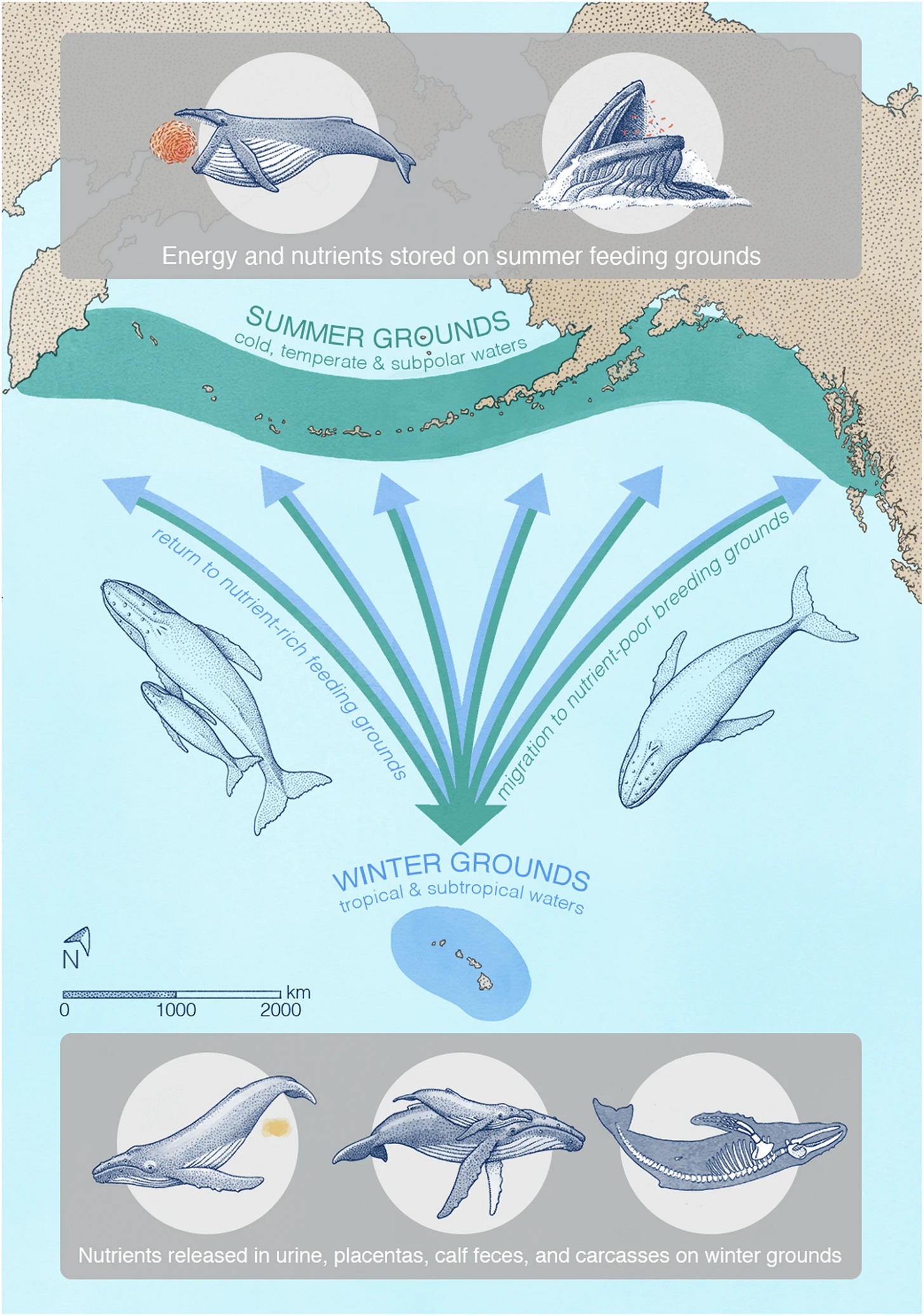

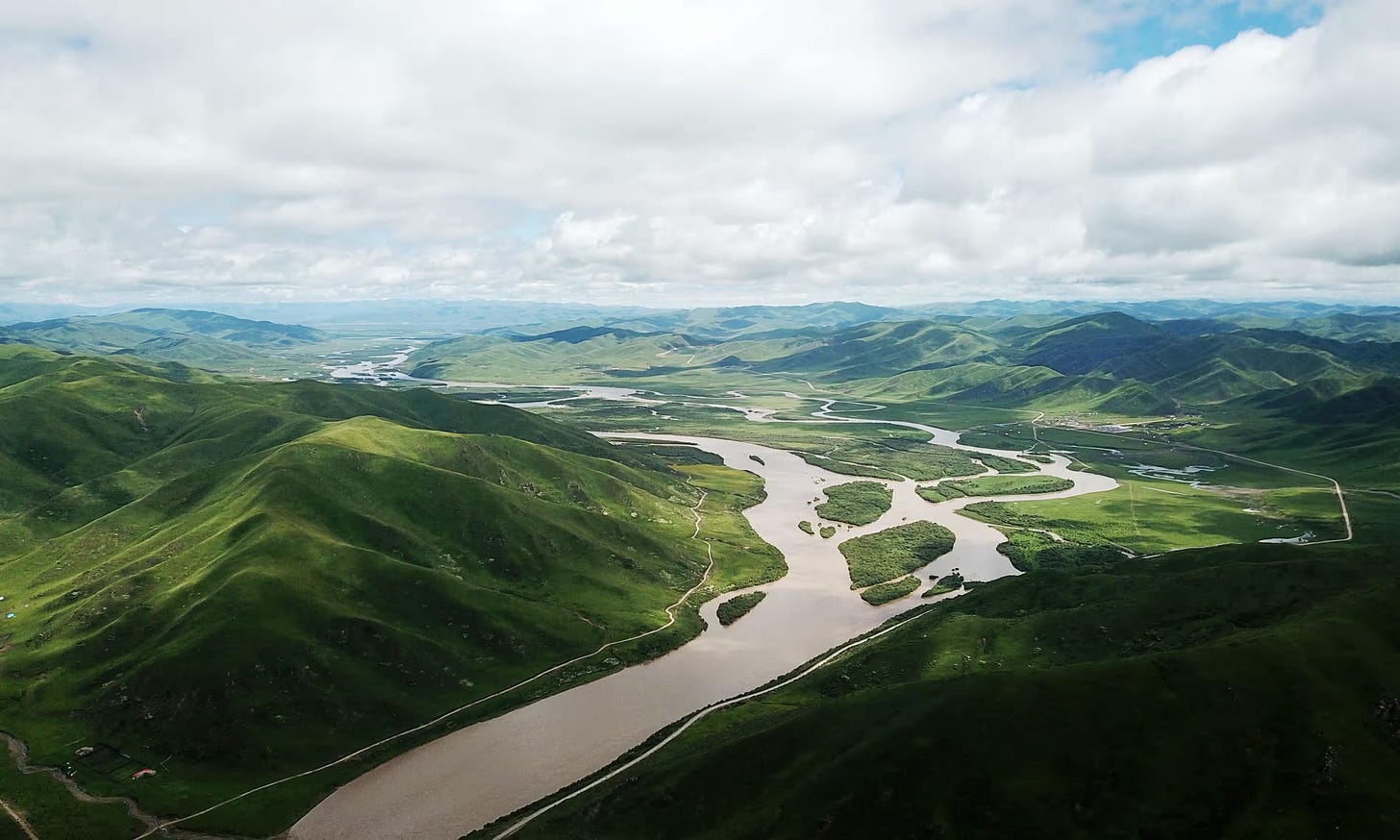
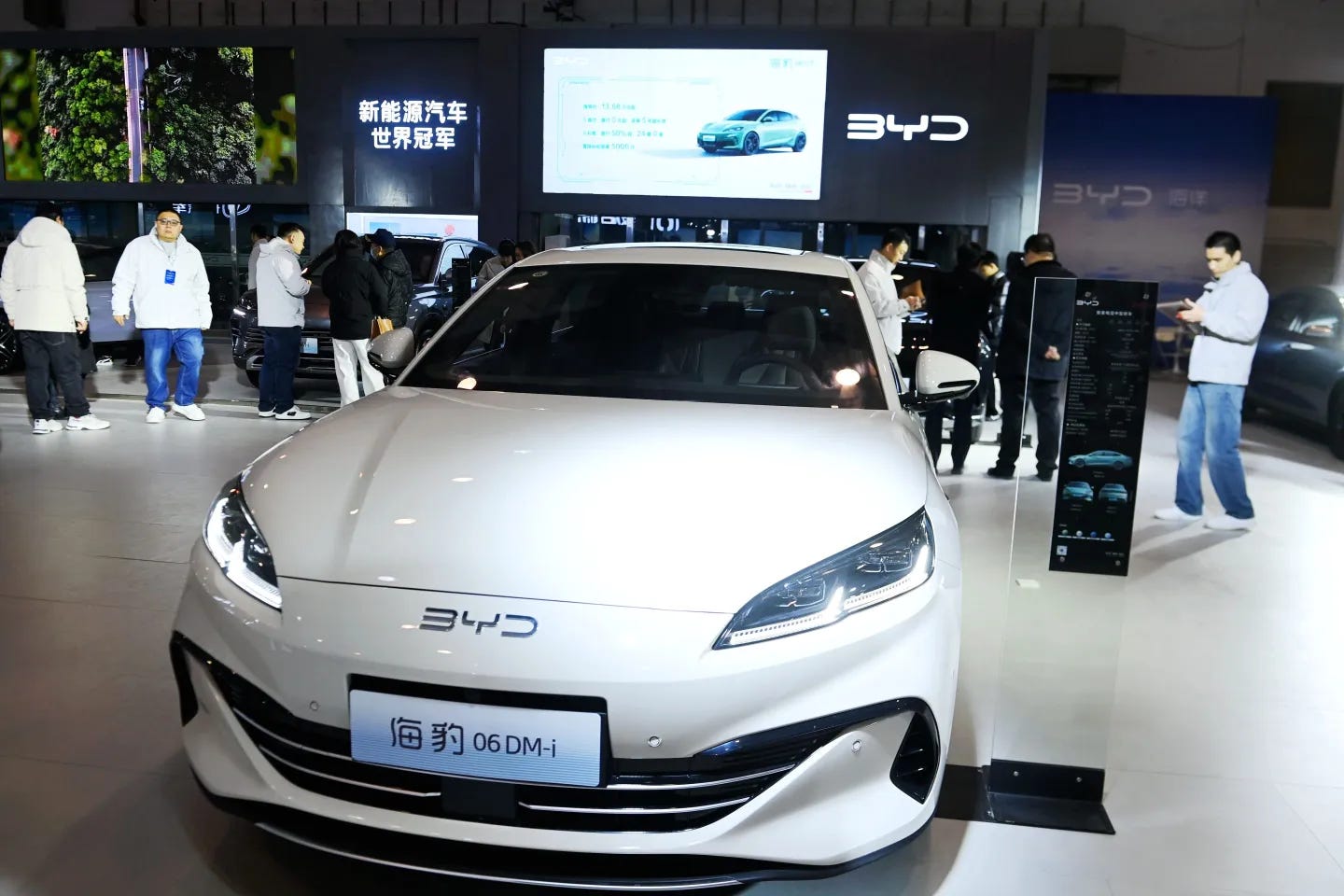
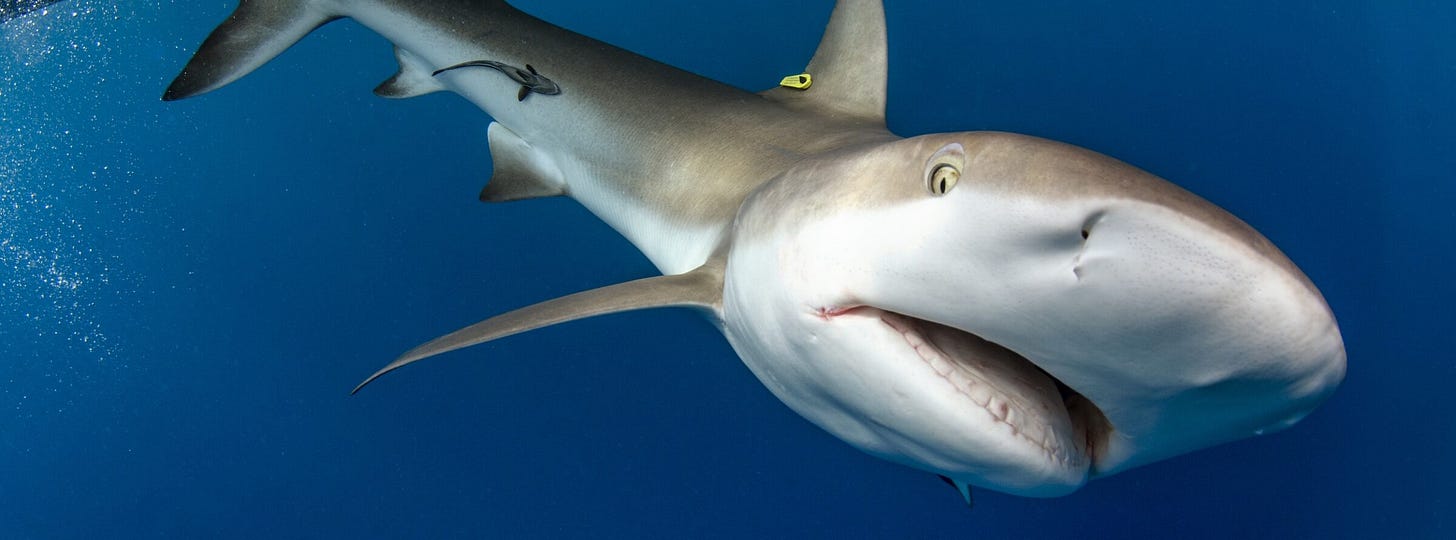
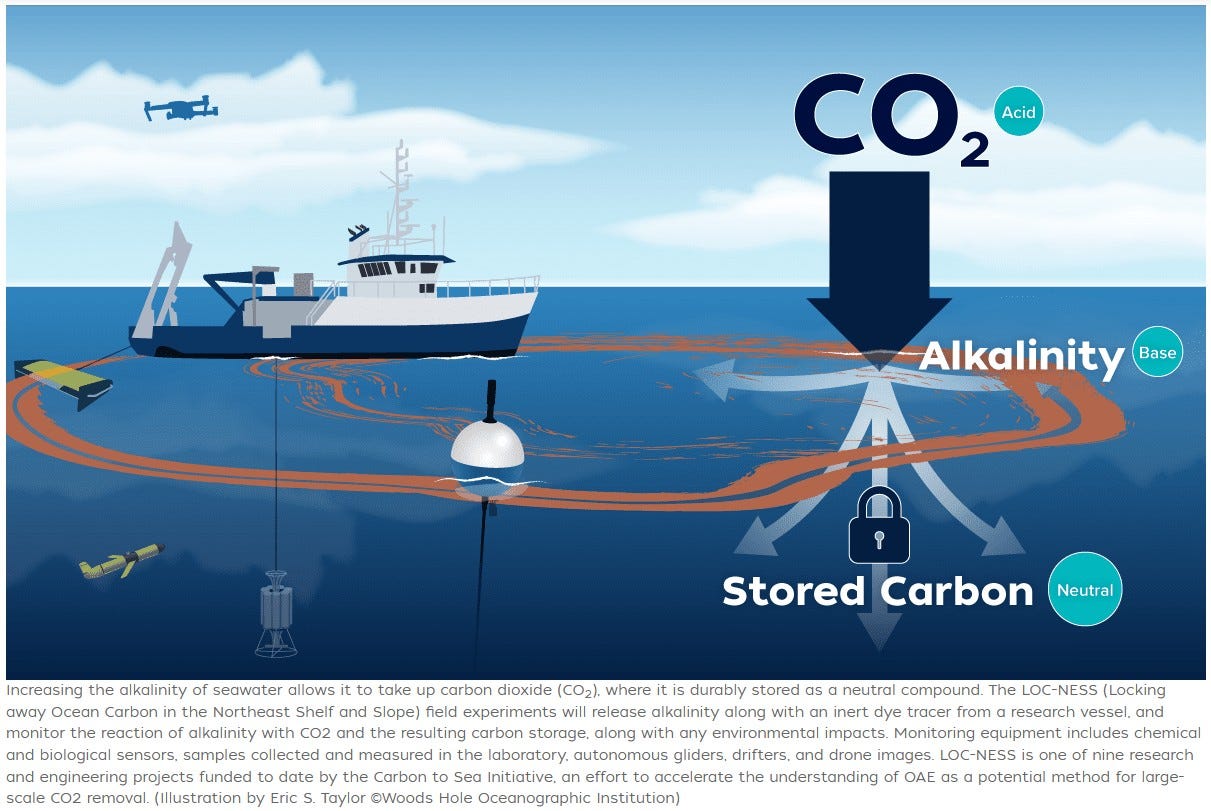
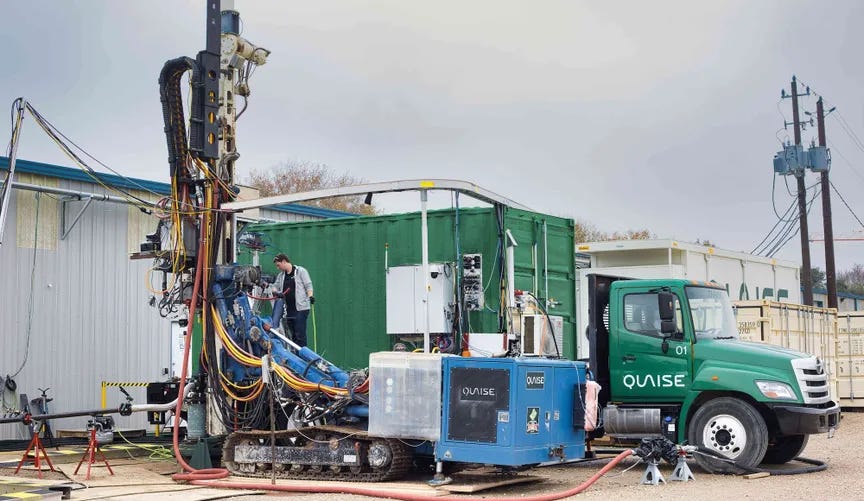
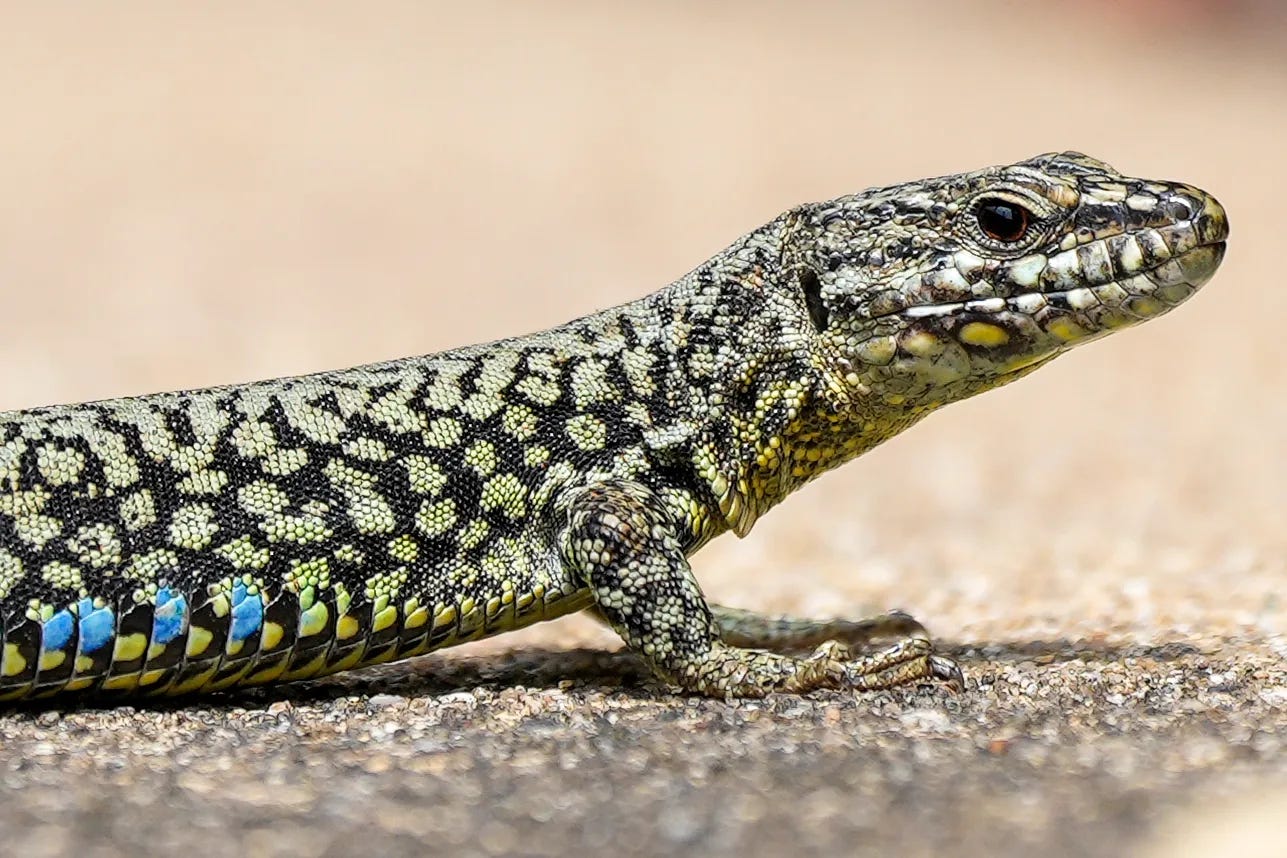
Thank-you for my weekly dose of hope.
China continues to take leadership. The Loess Plateau mega re-greening is a marvel of persistence and foresight. The ultra-fast recharging EV is a true game changer. In America, Quaise shows great promise. Thanks, Sam.